Author Interview: 'The Mountain Goddess' Shelley Schanfield
Shelley Schanfield’s passion for
Buddhism and yoga arose sixteen years ago, when she and her son earned black
belts in Tae Kwon Do. The links between the martial arts and Buddhist
techniques to calm and focus the mind fascinated her. By profession a librarian,
Shelley plunged into research about the time, place, and spiritual traditions
that 2500 years ago produced Prince Siddhartha, who became the Buddha. Yoga, in
some form, has a role in all of these traditions. Its transformational
teachings soon prompted Shelley to hang up her black belt and begin a yoga
practice that she follows to this day.
Because she loves historical
fiction, Shelley looked for a good novel about the Buddha. When she didn’t find
one that satisfied her, she decided to write her own novels based on the
spiritual struggles of women in the Buddha’s time. She published the first book
in the Sadhana Trilogy, The Tigress and the Yogi, in 2016 and will
publish the second, The Mountain Goddess in early 2017.
WEBSITE & SOCIAL
LINKS
WEBSITE | TWITTER | FACEBOOK
About the Book:
A beautiful warrior princess. A tormented prince. A terrible choice between love, duty, and spiritual freedom.
In ancient India, rebellious Dhara runs
away to a sacred mountain to study with the powerful yogi Mala, a mysterious
woman with a violent past. Flung by war onto an adventure-filled journey, Dhara
meets and captures the heart of Siddhartha, whose skill in the martial arts and
extraordinary mental powers equal her own.
Worldly power and pleasure seduce Dhara,
creating a chasm between her and her husband, who longs to follow a sage’s
solitary path. She takes on the warrior’s role Siddhartha does not want, and
when she returns wounded from battle court intrigue drives them further apart.
As Siddhartha’s discontent with royal life intensifies, Dhara’s guru Mala, who
has returned to her life as a ruthless outlaw, seeks her former pupil for her
own evil purposes.
Dhara’s and Siddhartha’s love keeps evil
at bay, but their son’s birth brings on a spiritual crisis for the prince. If he leaves his kingdom to seek
enlightenment, he turns his back on love and duty and risks destroying his
people. Only Dhara can convince him to stay.
FOR MORE INFORMATION:
Amazon | Barnes & Noble
Q: Welcome to The Writer's
Life! Now that your book has been
published, we’d love to find out more about the process. Can we begin by having you take us at the
beginning? Where did you come up with
the idea to write your book?
I love to explore the romance of other times, places, and
cultures, and historical fiction is a great way to do it. In college I studied
Asian history and developed a passionate interest in India’s
philosophy and religions, rich traditions full of amazing myths and stories.
Prince Siddhartha, the founder of Buddhism, is a fascinating historical figure
shrouded in legend. Born into wealth and privilege some 2500 years ago, he had
everything—looks, talent, a beautiful wife, a royal future—but nothing
satisfied him. The night his first son was born, he slipped away disguised as a
humble seeker of truth, determined to find enlightenment. What he found has
eased the suffering of millions.
His teachings have helped me
through difficult times, and his story just seemed to beg for a good novel. As
a lover of historical fiction I searched for one. None that I found satisfied
me. As Toni Morrison says: “If there's a book you want to
read, but it hasn't been written yet, then you must write it.” So I decided to write my own.
Q: How hard was it to write
a book like this and do you have any tips that you could pass on which would
make the journey easier for other writers?
I’m a librarian by profession, so
I plunged into research about Siddhartha’s time and place. It didn’t take long
for goddesses, demons, talking tigresses, and fierce and compassionate women
from Buddhist legends to demand a role in this epic tale. I realized one novel
was simply not enough, and so the Sadhana
Trilogy was born: The Tigress and the
Yogi and The Mountain Goddess are
Books I and II.
And then I had to write them! In
truth, it took me years to feel I had gained some mastery of the writer’s
craft. Fortunately, I had some good teachers early on (the poet Tom Zimmerman,
writers Laura Kasischke, Jane Ratcliffe, and Barbara Shoup), and found a local
group of writers who give intelligent, thoughtful, and honest (ouch!)
critiques. If a writer can’t find fellow writers locally, there are on-line
networks that can be very helpful. For example, Writer Unboxed has a blog and a
Facebook group where you can find valuable resources and support. (I found my
wonderful copyeditor, Meghan Pinson of My Two Cents Editing through them.)
Along with good teachers and
colleagues, I’d say a couple of good craft books are a must. There are so many
out there I hesitate to recommend a particular title, but I’ve found Janet
Burroway’s Writing Fiction a good
all-around guide, and Natalie Goldberg’s Writing
Down the Bones is great for inspiration.
Among the best writing advice
I’ve come across is Barbara Kingsolver’s: “Close the door. Write
with no one looking over your shoulder. Don't try to figure out what other
people want to hear from you; figure out what you have to say. It's the one and
only thing you have to offer.”
Q: Who is your publisher
and how did you find them or did you self-publish?
I had an agent for a time, but we
parted ways amicably after a year. By
that time, indie and self-publishing had really come into their own. I started
my own imprint, Lake House Books, and I am its CEO, CFO, senior editor, and
best-selling author! I love the freedom.
Q: Is there anything that surprised
you about getting your first book published?
All those years and all those
drafts were worth it when I held my first book, The Tigress and the Yogi, in my hands, and the feeling of
accomplishment overwhelmed me.
Q: What other books (if
any) are you working on and when will they be published?
Now that The Mountain Goddess has been released, I’ll be working on Book III
in the trilogy.
Q: What’s one fact about
your book that would surprise people?
Some of the mystical experiences
described resemble experiences I’ve had in my own meditation and yoga
practices.
Q: Finally, what message
(if any) are you trying to get across with your book?
India’s
rich philosophical and mythological traditions fascinate me, and I hope that my
work captures some of its wisdom and wonder for my readers.
Q: Thank you again for this
interview! Do you have any final words?
May all readers everywhere have a
place where they can sit and enjoy the world of books in safety and peace.
Thank you.
Shelley Schanfield
























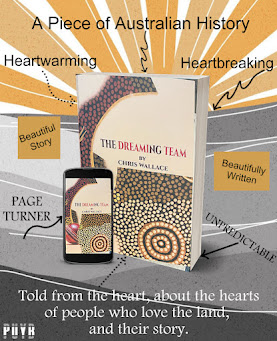





















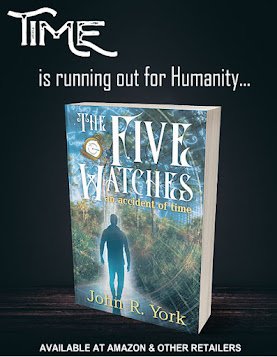

















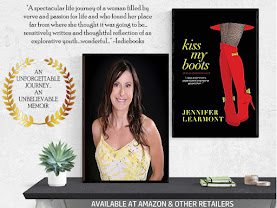

















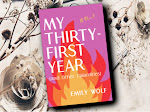






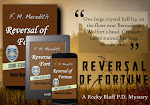
















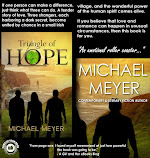

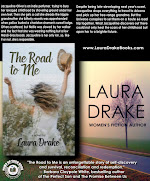











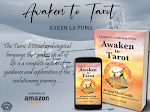






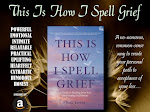
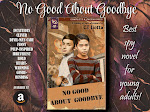


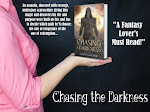
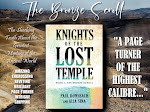




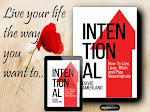
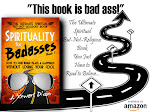

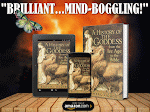


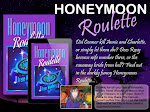
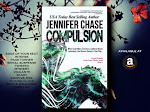

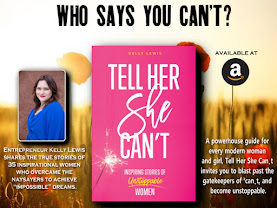















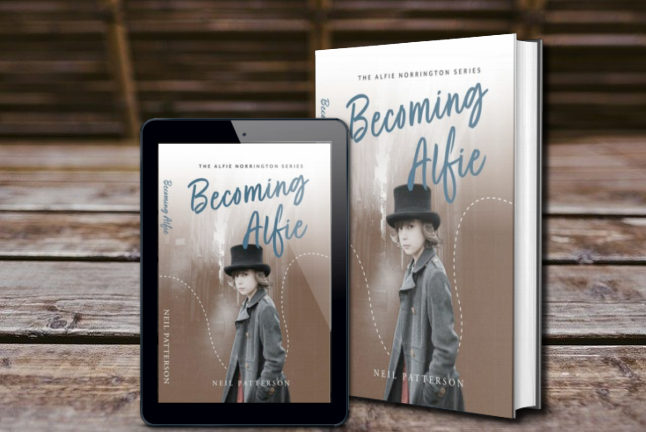


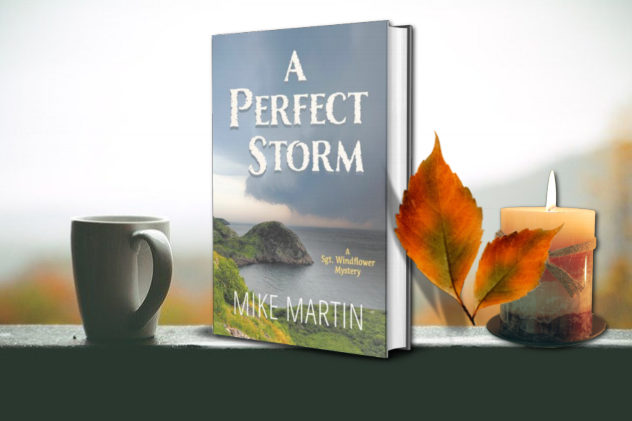




Leave a Comment